Fallow Deer
- December 28, 2023
- 0 comment
The Fallow Deer (Dama dama) is a captivating species that has long captured the attention of wildlife enthusiasts and conservationists alike. Identified by its distinctive antlers and elegant, spotted coat, this medium-sized deer species stands out in the realm of cervids. Adult males, known as bucks, typically boast impressive palmate antlers, while females, or does, display a more subtle appearance. The Fallow Deer’s physical description is characterized by its reddish-brown coat adorned with prominent white spots, creating a striking contrast. In addition to their aesthetic appeal, these deer are recognized for their agility and graceful movements.
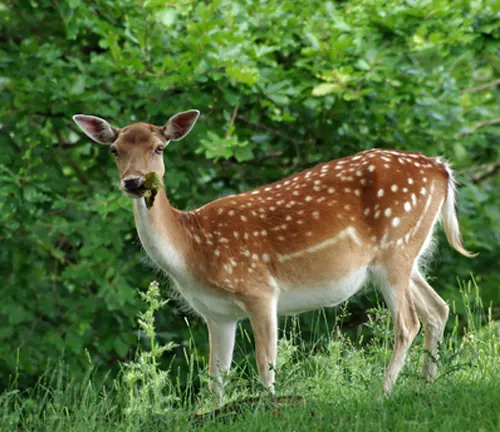
Native to Eurasia, the Fallow Deer has established populations in various regions around the world, including North America, Australia, and New Zealand. Despite being an introduced species in some areas, the Fallow Deer has adapted well to diverse habitats, ranging from woodlands and grasslands to more urban environments. Their adaptability has contributed to their widespread distribution, making them a notable presence in many ecosystems.
Maintaining the health and safety of Fallow Deer populations is crucial for both conservation efforts and public well-being. As herbivores, they play a significant role in shaping local ecosystems by influencing vegetation dynamics. However, concerns arise when their populations exceed sustainable levels, leading to habitat degradation and potential conflicts with agriculture. Wildlife management practices are often implemented to address these issues and strike a balance between conservation and mitigating human-wildlife conflicts.
| Category | Specification |
|---|---|
| Scientific Name | Dama dama |
| Size | Medium-sized |
| Antlers (Males) | Impressive palmate, branching antlers |
| Coat Color | Reddish-brown with white spots |
| Gender Terminology | Bucks (males), Does (females) |
| Adaptation | Highly adaptable to various habitats |
| Native Range | Eurasia |
| Introduced Range | North America, Australia, New Zealand, and others |
| Habitat | Woodlands, grasslands, and urban environments |
| Role in Ecosystem | Herbivores shaping vegetation dynamics |
| Conservation Status | Varied, with managed populations in some regions |
| Concerns | Potential habitat degradation, human-wildlife conflicts |
| Notable Features | Graceful movements, striking appearance |
Fallow Deer: Graceful Wonders of the Wild
General Biology
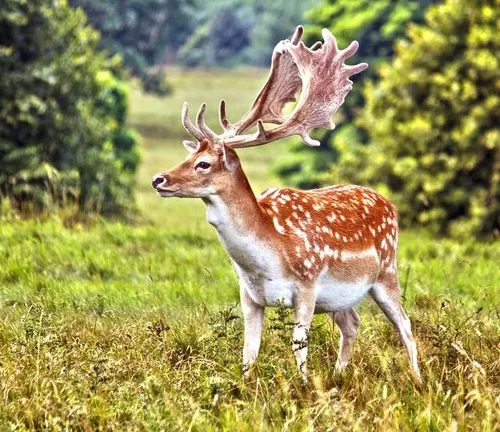
Fallow Deer, scientifically known as Dama dama, captivate with their elegant appearance and unique biology. Medium-sized in stature, these deer species are easily identifiable by their reddish-brown coat adorned with striking white spots. Adult males, referred to as bucks, boast impressive palmate antlers, adding to their allure. Known for their adaptability, Fallow Deer has successfully established populations in various ecosystems worldwide, showcasing their resilience and ability to thrive in different environments.
Reproduction
The reproductive cycle of Fallow Deer is a fascinating aspect of their biology. Typically, the rutting season, or mating season, occurs in the fall, during which bucks engage in displays of dominance and compete for the attention of females. Mating pairs form, and after a gestation period of about 230 days, does give birth to a single fawn, although twins can occasionally occur. The fawns, adorned with characteristic white spots, remain hidden in vegetation during their early days, relying on their mothers for care and protection.

Behavior
Fallow Deer exhibit a range of behaviors that contribute to their survival and social structure. These deer are known for their agility and graceful movements, allowing them to navigate diverse landscapes efficiently. Socially, they form groups, or herds, with a hierarchical structure led by dominant bucks. The intricate dynamics within these herds involve communication through vocalizations, body language, and displays of antler strength during the rut.
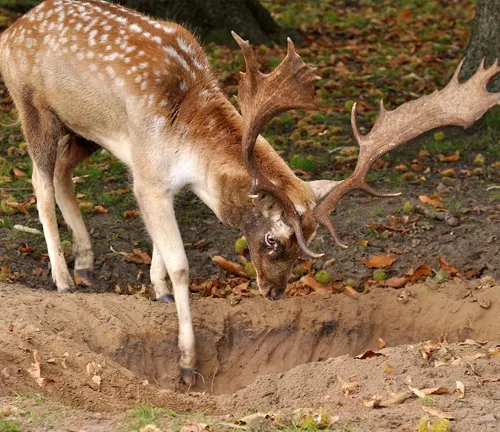
Nesting/Denning Cover
While Fallow Deer don’t build nests in the traditional sense, they seek out specific areas for birthing and protecting their young. Does look for dense vegetation or secluded areas to give birth, providing a natural denning cover for fawns during their vulnerable early days. This behavior helps shield the fawns from predators and ensures their safety as they acclimate to the environment.
Habitat
Fallow Deer display a remarkable adaptability to different habitats, ranging from woodlands and grasslands to urban environments. While native to Eurasia, they have been introduced to various regions globally, including North America, Australia, and New Zealand. This adaptability has contributed to their widespread distribution and successful establishment in diverse ecosystems.
Food Habits
As herbivores, Fallow Deer play a crucial role in shaping ecosystems through their feeding habits. Their diet includes a variety of vegetation such as grasses, herbs, shrubs, and even tree bark. This selective feeding behavior influences vegetation dynamics, contributing to the ecological balance within their habitats.

Voice, Sounds, Tracks, and Signs
Fallow Deer communicate through a combination of vocalizations, body language, and the use of their antlers. During the rut, bucks emit deep grunting sounds to establish dominance and attract mates. Additionally, they produce warning barks and high-pitched whines in response to potential threats. Their tracks and signs, including hoof prints and antler marks on trees, provide valuable insights into their presence and behavior within a given area.
Fallow Deer: Balancing Beauty and Challenges
Damage Identification
The allure of Fallow Deer extends beyond their picturesque appearance, yet their presence can pose challenges in certain contexts. Identifying the damage caused by these graceful creatures is essential for effective management. Common indicators include browse lines on vegetation, bark stripping on trees, and trampled vegetation in their feeding areas. Understanding these signs is crucial for mitigating potential issues associated with Fallow Deer populations.
Damage to Landscapes
While Fallow Deer contribute to the natural beauty of landscapes, their feeding habits can have a noticeable impact on the environment. In woodlands and grasslands, overgrazing can lead to changes in plant composition, affecting the overall biodiversity of the area. The delicate balance between the aesthetic appeal of Fallow Deer and their impact on landscapes requires careful consideration in conservation and land management efforts.
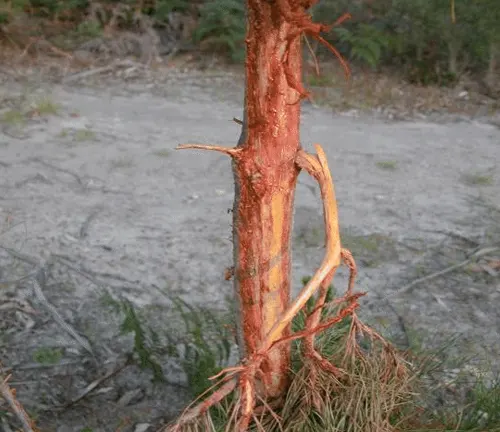
Damage to Crops and Livestock
Fallow Deer, when introduced to new regions, may encroach upon agricultural areas, leading to concerns about crop damage and competition with livestock. Their selective feeding habits may result in the depletion of crops, affecting both quality and yield. Understanding the economic implications of Fallow Deer in agricultural settings is crucial for implementing strategies that balance conservation goals with the need to protect valuable resources.
Damage to Structures
In urban and suburban environments, Fallow Deer may pose a threat to structures such as gardens, fences, and even vehicles. Their agile movements and ability to navigate built environments can lead to unintended collisions with vehicles, causing damage and safety concerns. Additionally, their browsing behavior may impact ornamental plants and gardens, requiring homeowners and communities to find ways to coexist harmoniously with these captivating but potentially disruptive creatures.
Fallow Deer: Strategies for Mitigating Challenges
Damage Prevention and Control Methods
As the enchanting presence of Fallow Deer introduces challenges in various settings, implementing effective damage prevention and control methods becomes imperative. This article explores a range of strategies aimed at mitigating the impact of Fallow Deer on landscapes, crops, and structures. By understanding and employing these methods, we can strike a balance between the beauty of these creatures and the need for responsible management.
Habitat Modification
One key approach to managing Fallow Deer populations involves habitat modification. By manipulating the environment, we can discourage deer from settling in specific areas. This may include altering vegetation composition, introducing barriers, or creating designated zones to steer deer away from sensitive habitats and agricultural lands. Thoughtful habitat modification plays a crucial role in minimizing the impact of Fallow Deer on natural ecosystems and agricultural settings.
Exclusion
The concept of exclusion involves creating physical barriers to prevent Fallow Deer access to particular areas. This method is particularly relevant in agricultural settings where the deer may cause damage to crops. Fencing and other barriers can be strategically installed to protect valuable agricultural resources, allowing for coexistence while minimizing economic losses.
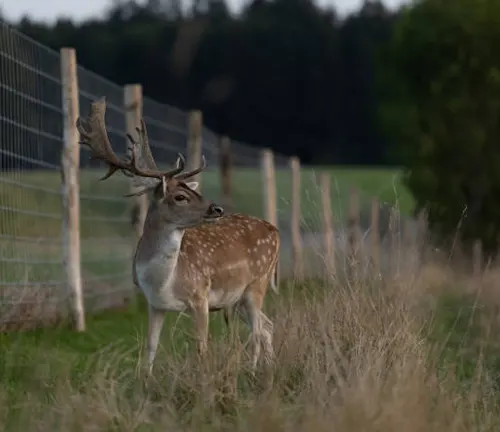
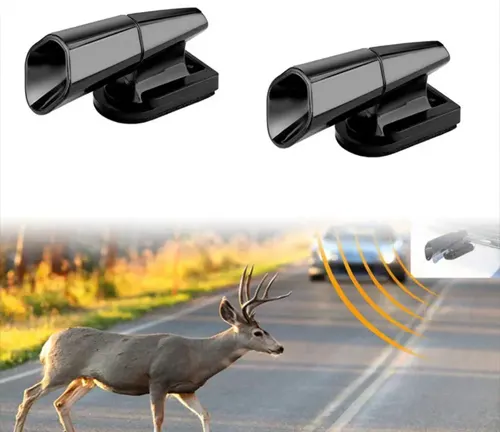
Frightening Devices
Incorporating frightening devices into management strategies can effectively deter Fallow Deer. These devices, ranging from motion-activated lights to sound-emitting tools, capitalize on the deer’s sensitivity to disturbances. By creating an environment that Fallow Deer find inhospitable, these devices can redirect their behavior away from areas where their presence may pose challenges.
Repellents
The use of repellents offers a chemical-based approach to deter Fallow Deer from specific locations. These substances, whether applied to crops or structures, emit odors or tastes that are unappealing to the deer. Environmentally friendly repellents provide an alternative to more aggressive control methods, offering a humane way to discourage deer without causing harm to the animals.
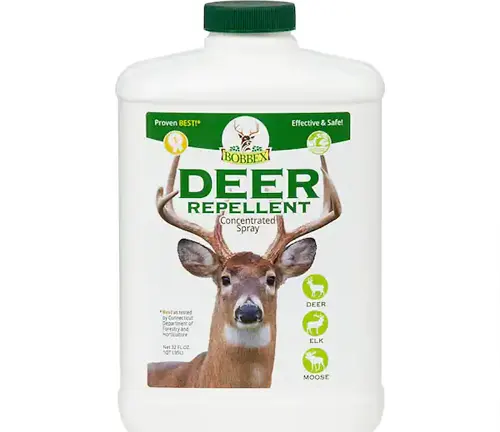
Toxicants
While a more controversial method, the use of toxicants is sometimes considered in deer management programs. These substances, when strategically deployed, can reduce deer populations. However, ethical considerations and potential environmental impacts must be carefully weighed, making toxicants a less commonly utilized option in modern wildlife management practices.
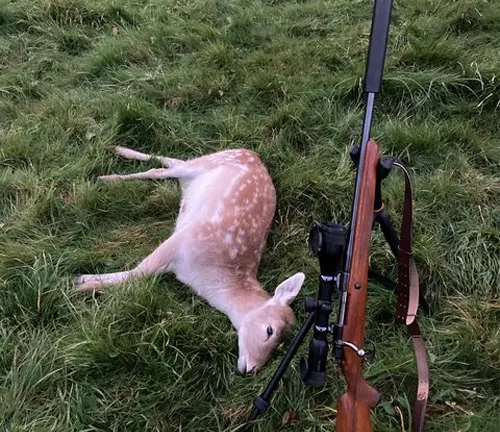
Shooting
In situations where population control is deemed necessary, controlled shooting programs may be implemented. This method requires skilled marksmanship and adherence to ethical hunting practices. Shooting programs, when conducted responsibly, can help manage Fallow Deer populations, preventing overgrazing and minimizing conflicts in both rural and suburban areas.
Trapping
Trapping offers another humane method for managing Fallow Deer populations. Live-capture traps can be strategically placed to capture deer, allowing for their relocation to more suitable habitats or for research purposes. This method requires expertise to ensure the safety and well-being of the captured animals.
Different Species
Common Fallow Deer
(Dama dama dama)
This is the nominate subspecies and represents the typical Fallow Deer found in Europe and Asia. It is characterized by its distinctive coat coloration, which includes a reddish-brown coat with white spots.
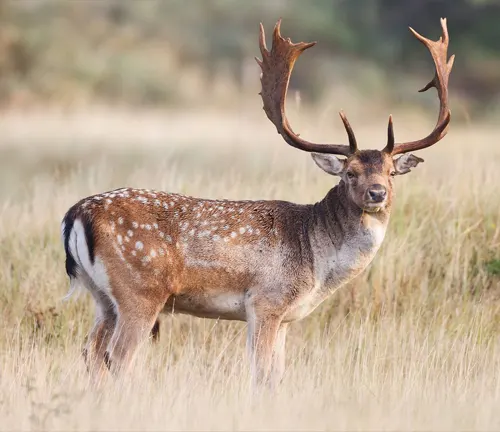

Persian Fallow Deer
(Dama dama mesopotamica)
Native to the Middle East, particularly Iran and Iraq, the Persian Fallow Deer is a subspecies that has faced threats to its population. Conservation efforts have been made to preserve and protect this subspecies.
Mediterranean Fallow Deer
(Dama dama geiselana)
Found in parts of the Mediterranean region, including Corsica and Sardinia, this subspecies displays variations in coat color and antler morphology. It is adapted to the unique environmental conditions of its habitat.
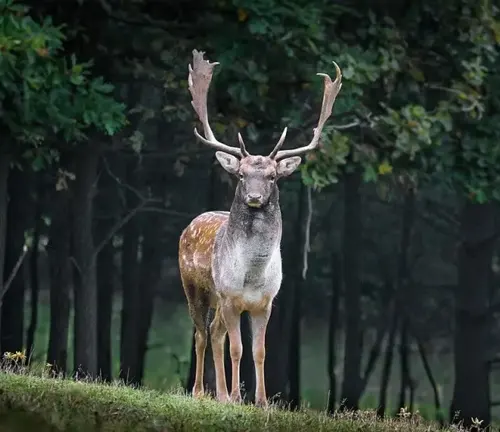
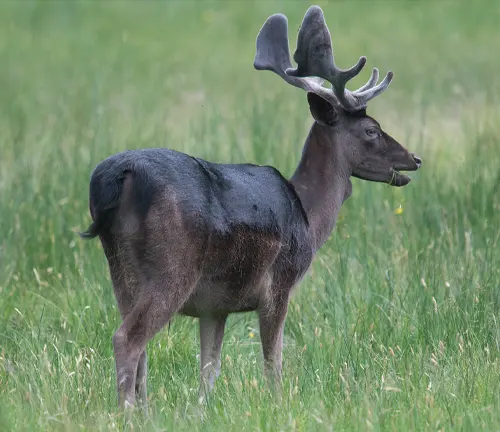
Black Fallow Deer
(Dama dama melanistic)
This color variation is characterized by a dark, almost black, coat. Melanistic Fallow Deer lack the typical spots on their coat, giving them a distinct and striking appearance. This color morph is relatively rare compared to the common form.
Menil Fallow Deer
(Dama dama menil)
This color variation features a lighter coat with less contrast between the dark and light markings. The spots on the coat are more muted, creating a softer appearance. Menil Fallow Deer is found in various regions where Fallow Deer populations exist.
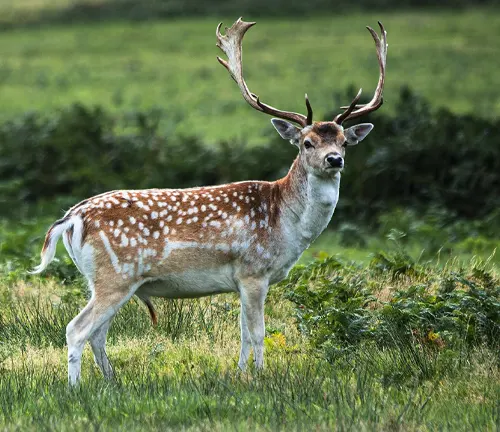
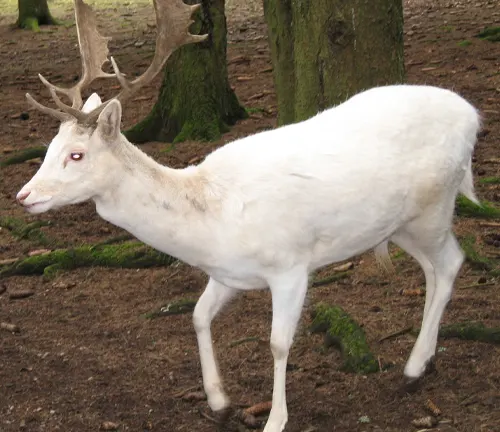
White Fallow Deer (Dama dama albino)
Albino Fallow Deer are extremely rare and exhibit a complete lack of pigmentation, resulting in a white coat and pinkish eyes. This color variation is a genetic anomaly and is not as commonly observed in the wild.
Frequently Asked Questions (FAQs)
- What is a Fallow Deer?
Fallow Deer (Dama dama) is a species of deer known for its distinct coat coloration, including reddish-brown fur with characteristic white spots. They are medium-sized herbivores and are native to Eurasia but have been introduced to various regions worldwide. - What is the difference between bucks and does in Fallow Deer?
Bucks are adult males with impressive palmate antlers, while does are females with a more subtle appearance. Bucks use their antlers for displays of dominance during the rutting season. - Where are Fallow Deer found?
Fallow Deer are native to Eurasia but have been introduced to regions such as North America, Australia, and New Zealand. They adapt well to diverse habitats, including woodlands, grasslands, and even urban environments. - What is the rutting season for Fallow Deer?
The rutting season, or mating season, for Fallow Deer typically occurs in the fall. During this time, bucks engage in displays of dominance and compete for the attention of females. - How long is the gestation period for Fallow Deer?
The gestation period for Fallow Deer is approximately 230 days. Does give birth to a single fawn, although twins can occasionally occur. - What are some behaviors of Fallow Deer?
Fallow Deer are known for their agility and graceful movements. They form social groups or herds, led by dominant bucks, and communicate through vocalizations, body language, and displays of antler strength. - How do Fallow Deer contribute to ecosystems?
As herbivores, Fallow Deer play a role in shaping ecosystems by influencing vegetation dynamics. However, in some cases, their populations may need management to prevent habitat degradation. - What are the challenges associated with Fallow Deer in human environments?
Challenges include potential damage to landscapes, crops, and structures. Managing Fallow Deer populations may involve implementing strategies to prevent and control such issues. - What are some conservation efforts for Fallow Deer?
Conservation efforts focus on preserving the various subspecies and color morphs of Fallow Deer. There are also initiatives to protect native populations and manage introduced populations responsibly. - How can damage from Fallow Deer be prevented and controlled?
Strategies include habitat modification, exclusion through fencing, frightening devices, repellents, and, in some cases, controlled shooting or trapping. These methods aim to balance the coexistence of Fallow Deer with human environments.


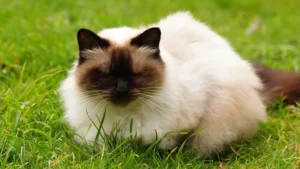
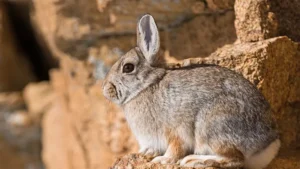
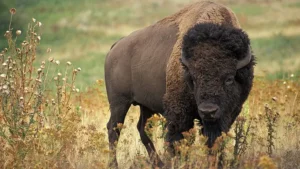


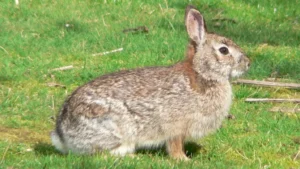


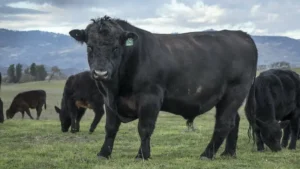

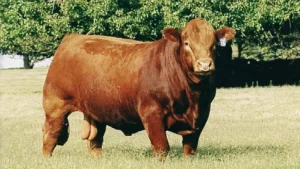

Leave your comment